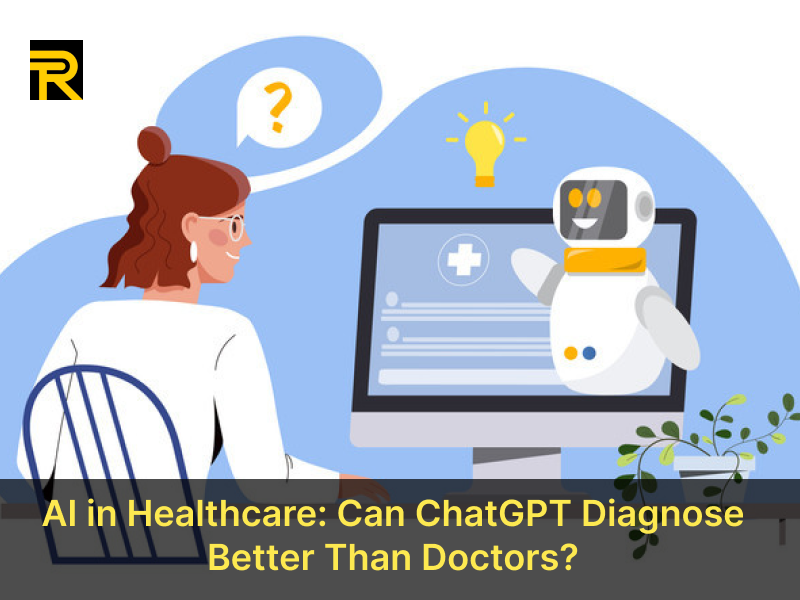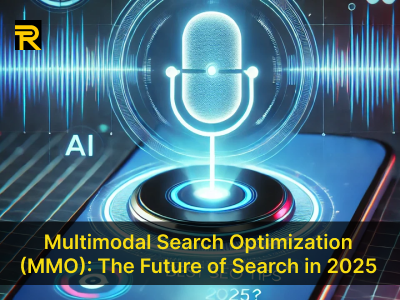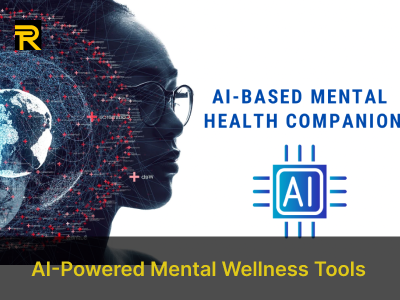
AI in Healthcare: Can ChatGPT Diagnose Better Than Doctors?
AI in Healthcare: Can ChatGPT Diagnose Better Than Doctors?
Artificial Intelligence (AI) is revolutionizing healthcare, with tools like ChatGPT and Google Med-PaLM 2 offering new ways to diagnose and treat patients. But can these AI systems outperform human doctors? In this article, we’ll explore ChatGPT’s medical diagnosis accuracy in 2024, compare AI vs doctors’ diagnostic error rates, and examine the ethical risks of AI in healthcare.
ChatGPT Medical Diagnosis Accuracy 2024
ChatGPT has shown promise in assisting with medical diagnoses, but its accuracy in 2024 remains a topic of debate. Here’s what we know:
1. Strengths
-
ChatGPT can analyze vast amounts of medical data quickly.
-
It provides instant responses, making it useful for patient triage.
2. Limitations
-
Lacks the nuanced understanding of human doctors.
-
Struggles with rare or complex conditions.
AI vs Doctors Diagnostic Error Rates
When comparing AI vs doctors’ diagnostic error rates, studies show mixed results:
1. AI Advantages
-
AI tools like ChatGPT can reduce errors caused by fatigue or oversight.
-
They excel at identifying patterns in large datasets.
2. Human Advantages
-
Doctors bring empathy, experience, and contextual understanding to diagnoses.
-
They can interpret subtle patient cues that AI might miss.
Best AI Tools for Symptom Checking 2024
In 2024, several AI tools for symptom checking are gaining popularity:
1. ChatGPT
-
Offers conversational symptom analysis and preliminary advice.
2. Google Med-PaLM 2
-
A specialized AI model trained on medical data for accurate diagnoses.
3. Ada Health
-
A symptom checker app that uses AI to provide personalized health assessments.
How to Use ChatGPT for Patient Triage
ChatGPT can be a valuable tool for patient triage. Here’s how to use it effectively:
1. Input Symptoms
-
Ask patients to describe their symptoms in detail.
2. Analyze Responses
-
Use ChatGPT to generate a list of potential conditions.
3. Prioritize Cases
-
Based on the AI’s analysis, prioritize patients who need urgent care.
Ethical Risks of AI in Healthcare Diagnosis
The use of AI in healthcare raises several ethical risks:
1. Misdiagnosis
-
AI errors could lead to incorrect treatments or delays in care.
2. Bias
-
AI models may reflect biases in their training data.
3. Privacy Concerns
-
Ensuring HIPAA compliance is critical when using AI chatbots.
HIPAA Compliance for AI Medical Chatbots
To ensure HIPAA compliance, AI medical chatbots must:
1. Encrypt Data
-
Protect patient information with strong encryption.
2. Limit Access
-
Restrict access to authorized healthcare professionals.
3. Audit Trails
-
Maintain logs of all interactions for accountability.
Google Med-PaLM 2 vs ChatGPT for Doctors
When comparing Google Med-PaLM 2 vs ChatGPT, here’s what doctors should know:
1. Med-PaLM 2
-
Specifically trained on medical data for higher accuracy.
-
Better suited for clinical settings.
2. ChatGPT
-
More versatile but less specialized for medical use.
-
Useful for general symptom checking and patient education.
AI Misdiagnosis Lawsuit Cases 2024
The rise of AI in healthcare has led to misdiagnosis lawsuit cases in 2024. Key concerns include:
1. Liability
-
Who is responsible for AI errors: developers, hospitals, or doctors?
2. Patient Harm
-
Misdiagnoses can lead to severe consequences for patients.
Can AI Replace Radiologists in the Future?
The question of whether AI can replace radiologists is complex:
1. AI Strengths
-
AI can analyze medical images faster and with high accuracy.
2. Human Strengths
-
Radiologists provide context and interpret complex cases.
Train ChatGPT on Medical Textbooks for Accuracy
To improve ChatGPT’s accuracy, training it on medical textbooks is essential. Here’s how:
1. Curate Data
-
Use reputable medical sources for training.
2. Fine-Tune the Model
-
Adjust the AI’s parameters to prioritize medical accuracy.
3. Validate Results
-
Test the model with real-world cases to ensure reliability.
Conclusion
AI tools like ChatGPT and Google Med-PaLM 2 are transforming healthcare, but they are not yet ready to replace human doctors. While they offer significant advantages in symptom checking and patient triage, challenges like misdiagnosis, ethical risks, and HIPAA compliance must be addressed. By combining AI’s strengths with human expertise, we can create a future where technology enhances, rather than replaces, the role of healthcare professionals.v
Follow Us
Trending News
Newsletter
Join us to get latest News Updates



